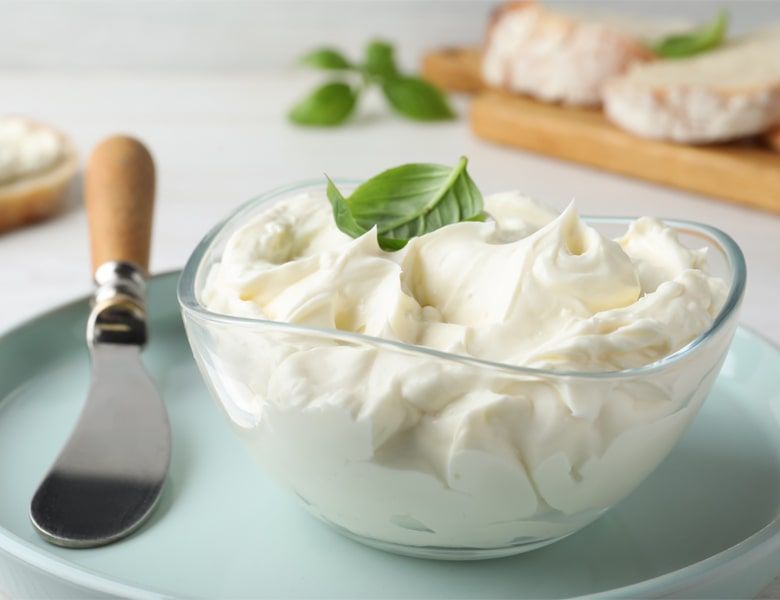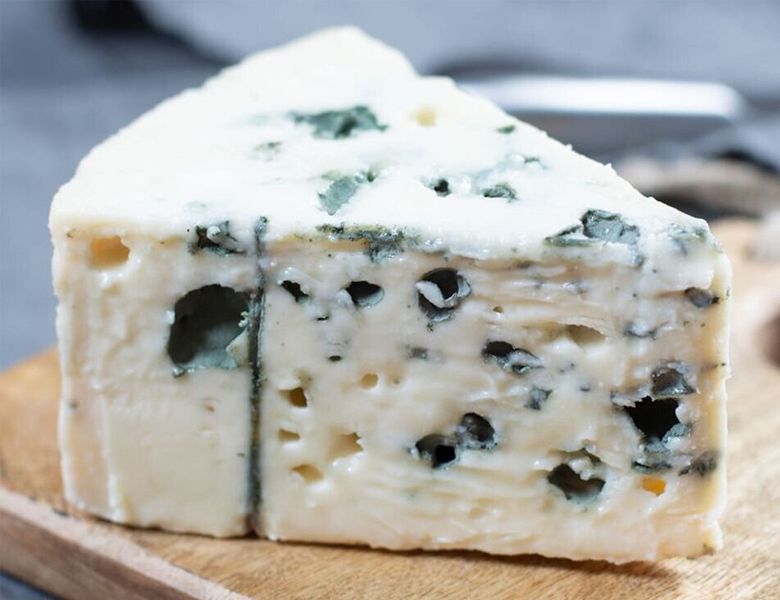Factors affecting the properties of cream cheese

- | آتاماد |
- Viewer: 279
The structure and rheological properties of acid-induced milk gels are influenced by many factors such as milk protein concentration, whey protein/casein ratio, fat content, homogenization, pasteurization temperature and time, pH of milk during heating, casein–whey protein interactions, the addition of hydrocolloids, the addition of rennet and the temperature of gel formatio.
In the following, we will briefly review the main factors affecting the properties of cream cheese.
Homogenization of cheese milk
The homogenization of cheese milk leads to the formation of milk fat globule membrane (MFGM) comprised of caseins and whey protein and as a result, the transformation of fat globules into protein-like particles that become an integral part of the gel structure. Consequently, a higher degree of whey homogenization is expected to result in smaller emulsified fat globules that are more stable to heat and shear during the heating and shearing of the post-fermentation gel. Hence, in practice, it was found that increasing the first-stage hydrogen pressure from 5 to 25 MPa gives cream cheeses that are firmer, more brittle, less spreadable, and flow less on heating.
Holding hot curd at high temperature while shearing
At the commercial level, changing the time the hot curd is held at a high temperature (during cutting and churning) is a major lever by which the textural properties of cream cheese can be changed. The product becomes increasingly firmer and more brittle, and the texture of the product tends to crack as the holding time increases. This is attributed to the increase in the degree of fat emulsion and the increase in protein aggregation, caused by the hydrophobic interaction at high temperatures. These effects are consistent with the increase in firmness of cream cheese obtained in homogenization and slow cooling (compared to rapid cooling).
Homogenization of the heated cream cheese
Increasing the homogenization pressure of hot melt cream cheese in the range of 0 to 20 MPa significantly increases texture firmness and viscosity and produces less sandy texture. In general, it is concluded that homogenization at 15 MPa gives the best textural quality.
It is expected that the reason for this is the decrease in the size of fat particles due to homogenous pressure and as a result less movement of protein-covered fat particles that make up cheese structure.
Cooling Rate
Increasing the cooling rate of cream cheese results in softer products that have a greater tendency to stick.
Hydrocolloids
The most common gums used in the production of hot-packed cream cheese include locust bean gum, xanthan gum, guar gum, tara gum, and sodium alginate.
The role of hydrocolloids in the production of cream cheese is as follows:
• Water binding increases the viscosity of the aqueous phase and thereby restricts the movement of protein/protein-fat particles
• Product structuring gives the desired degree of viscoelasticity and rheological behavior.
• Minimizing the grainy texture problem by limiting the degree of protein/
• protein–fat particle interaction.
Hence, in practice, LBG, guar, and xanthan gums are most commonly used in cream cheese. The popularity of mixtures of these gums in practice is due to the fact that a wide range of textures and consistencies (spreadable, gummy, or firm texture) suitable for different applications may be easily obtained by variation in the relative levels in the blend.
Composition
Increasing the moisture content of cream cheese significantly softens the body and impairs sliceability.
Hence, in single cream cheese that has a higher moisture content, a different combination of hydrocolloids may be used to increase elasticity.
Defects in cream cheese can occur depending on the final pH of the cheese. The texture of the cheese will be soft, and the cheese will lack flavor if the pH of the cheese is too high (> 4.7). If the pH of the cheese is too low (< 4.6), the texture may be too grainy, and the flavor will be too acidic.
Reference:
Tamime, A.Y. ed., 2009. Dairy fats and related products. John Wiley & Sons.
GET IN TOUCH
Copyright © 2023 Atamad.com All right reserved
Website design and SEO services by Seohama team – Web hosting by Sarverhama
Copyright © 2023 Atamad.com All right reserved
Website design and SEO services by Seohama team – Web hosting by Sarverhama








